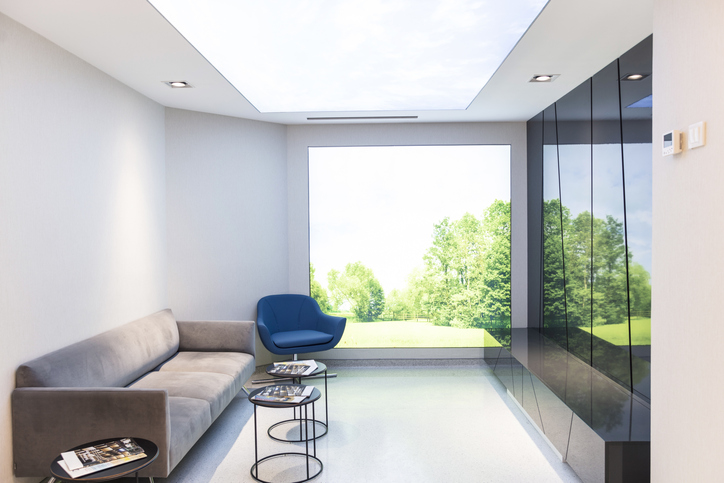切開ハムラ法は、目の下に生じるクマやたるみを改善し、目元の印象を若返らせるための治療法です。この施術は、眼球を支えている眼窩脂肪が前方に突出することが原因で発生する目の下のふくらみやくぼみを同時に解消することができます。
切開ハムラ法
切開ハムラ法とは?
悩み一覧
- 年齢とともに目の下のたるみが気になる
- 目の下の膨らみをなくしたい
- 目の下のクマでお悩みの方
- 疲れている印象を受ける方
切開ハムラ法の特徴
下まぶたのまつ毛の際から1〜2ミリ下の部分を切開し、膨らんでいる眼窩脂肪をくぼんでいる部分に移動させることで、ふくらみと溝をフラットにします。この方法により、眼窩脂肪を切り離すことなくクマを改善できます。同時に余分な皮膚も切除できるため、皮膚の余りやたるみが気になる方に特に有効です。

また、下まぶたのしわやたるみ、くまや溝をトータルで改善することができ、下まぶたから頬にかけての輪郭を整えることが可能です。このように、切開ハムラ法は目元の複数の悩みを一度に解決できる総合的な手術法であり、症状に応じて最適な手術方法を選択して行います。
| 項目 | 詳細 |
|---|---|
| 施術時間 | 約1時間 |
| 麻酔 | 局所麻酔 |
| 抜糸 | 1週間後 |
| 内出血 | 内出血のリスクあり |
| コンタクト | 抜糸後翌日以降から可能 |
| シャワー・洗髪 | 目元を濡らさなければ当日から可能(※傷口を濡らすのは24時間後) |
| メイク | アイメイク以外は当日から可能(※アイメイクは抜糸後から) |
| 飲酒 | 腫れが治まり落ち着いてから |
| 腫れ | 個人差によるが通常、術後数日がピークで約1~2週間程度で腫れは引き落ち着いてくる |
| その他リスク | 腫れ・内出血・左右差・感染・傷跡・後戻り・拘縮・外反 |
| 注意事項 | 傷跡は約1ヶ月から3ヶ月まで赤みあり |
裏ハムラ法との違いは?
切開ハムラ法と裏ハムラ法は、それぞれに特徴とメリットがあります。
切開ハムラ法のメリット
- 30歳代から60歳代の老化によるたるみやしわの改善
- 目の下の脂肪による膨らみと凹みやたるみを同時に改善可能
- 脂肪を切除することなくクマを改善できる
裏ハムラ法のメリット
- 20歳代から50歳代など印象を変えたい方におすすめ
- 裏側からアプローチするため皮膚表面には傷跡が残らない
- 目の下の脂肪による膨らみと凹みを同時に改善可能
- 脂肪を切除することなくクマを改善できる
総じて、切開ハムラ法はより年齢の高い層に適しており、目の下の脂肪や凹み、皮膚のたるみを同時に改善します。一方、裏ハムラ法は若年層に適しており、皮膚表面に傷跡を残さずに目の下の脂肪や凹みを改善します。
どちらとも脂肪を切除することなく改善することができますが、裏ハムラ法はさらに傷跡が残らず、合併症のリスクが低いというメリットがあります。ただ、歳をとることによる皮膚の余りなどがある場合は切開ハムラが確実です。その他、手術時間やダウンタイムも異なるため、個々のニーズに応じて最適な方法を選択することが重要です。
料金表
- 切開ハムラ法
- 税込650,000円
※モニター募集やキャンペーンは随時行っております。公式LINEにてお気軽にお問い合わせくださいませ。





